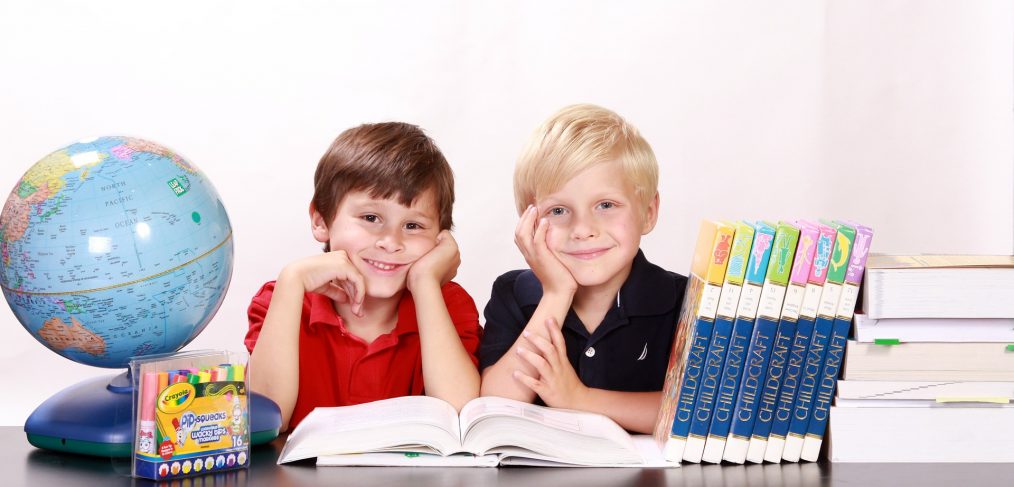
Why is Learning a Second Language Easier for Children?
We always hear adults complaining about the difficulty of learning a second language and most of them often hesitate to start doing that. The reason for this is because is easier to start learning a second language when you are a child rather than when you are a teenager or an adult.
What is the reason behind this? Why are children better language learners and how they become bilingual so easily? All of this is about brain chemistry. We always say that children are like sponges and that they absorb information very quickly. Actually, this is an unconscious state of mind, i.e. they are learning, but they are not really aware of that. On the other hand, whenever an adult absorbs information, they do it intentionally. So, when you learn information consciously, sometimes the brain has a hard time storing that information in long-term memory.
That means that sometimes information gets lost and forgotten. For example, have you ever found yourself in a situation in which you quickly learn by heart a song from the radio, but you have difficulty remembering several sentences for your speech that you have to give at work? That is because you learned the song without an intention to do so.
According to a lot of studies, the best time to learn a second language is between the birth and the age of 7 and this time is referred as “the window of opportunity”. This does not mean that adults would not be successful in the learning process, but that for children it would be easier and what is more, they would be able to improve a lot of cognitive skills along with the learning.
Many studies ensure that children learn the language by direct interaction with the teacher. During playful interaction, children learn so much from the teacher and they build their confidence by spending time with the teacher and their peers. The role of the teacher is to keep the children engaged all the time which helps them learn and improve the language.
Interacting and playing with children of his or her same age range is important to a child’s development. So, it is crucial for the child to attend a certain type of program in order to develop other skills along with the language. The classes, the teaching strategies and the environment reflect on the knowledge that the child is going to develop. It is amazing how much children can learn when they hear the language on regular basis which leads to fluency in the future.
